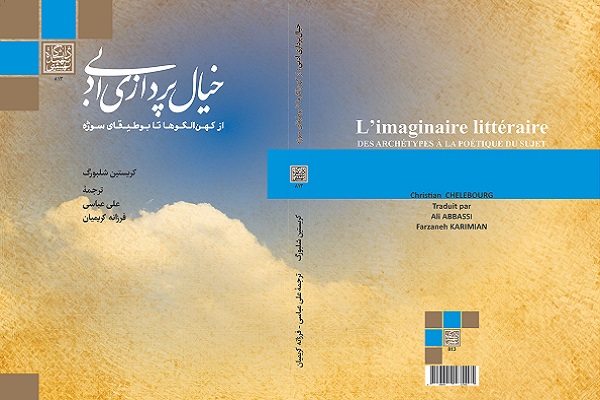
The translation of the book L'imaginaire littéraire. Des archétypes à la poétique du sujet into Persian by Dr. Ali Abbasi, professor of the Faculty of Letters and Human Sciences of Shahid Beheshti University, and Dr. Farzaneh Karimian, associate professor of the same faculty has been published recently by SBU Press in 310 pages. The book was originally authored by Christian Chelebourg.
Analyzing literary texts, by itself, requires understanding the concept of imagination, though the boundary of this concept has never been clearly defined. The scientific exploration of imagination, in its entirety, is related to a type of research with collective and individual determinations, which is based on the selection and categorization of images, and it should be acknowledged that only through revalidation of imagination, it could be developed as a "serious" topic, first in philosophy, then in anthropology and literary criticism.
The author of the present book discusses the philosophical, psychological and even anthropological foundations of imagination and their application in Literature by recalling the basic and scientific definitions of imagination.
The book has a short introduction, five main chapters and a brief conclusion. The first chapter recounts the origin of the concept of imagination, and the last chapter is dedicated to three researches and gradually shows how to achieve a network of analogical forms, a theme, and a writing style from the perspective of imagination. In this work, the author has attempted to introduce the main definitions of imagination from the point of view of Western theorists, link these definitions to their philosophical, psychoanalytic or anthropological origins and demonstrate their use in literature.
The implicit premise of the author is that imagination, despite its illogical appearance, has a coherent and rule-abiding system and a universal grammar that affects what it produces. Therefore, the purpose of the main part of the book is to find this grammar and syntactic rules of imagination. In summary, it can be said that the author's goal is to provide the necessary tools and information for a thorough approach to imagination for each person and to explain the assumptions and goals of each of the proposed methods.
What makes the book superior is, firstly, the originality and comprehensiveness of the author's analysis of imagination from the perspective of various theorists with different philosophical, scientific and literary approaches, and then the breadth of its literary references, so that the author analyzes and objectifies his theoretical views with the help of these references.
The book is effective for professors, researchers, graduate students and all those interested in the field who seek to obtain a complete and comprehensive source in the field of imaginative criticism, thematic criticism and other relevant literary and artistic fields.

